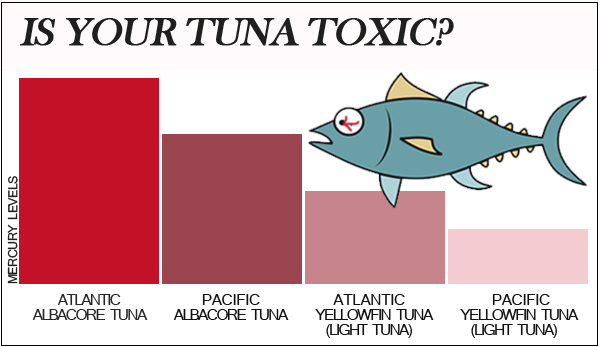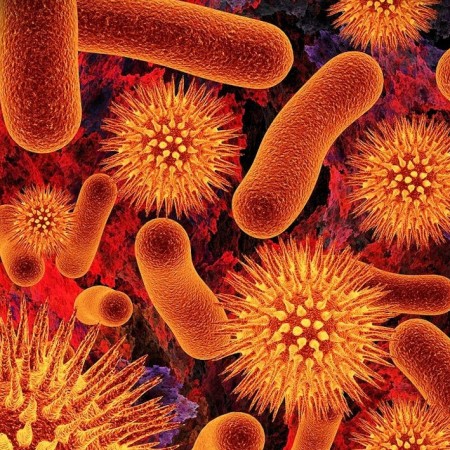
How can we identify and measure the types of risks associated with our eating behaviors? What is the current legitimacy of all institutions and bodies in charge of food risk assessment? Does considering food in terms of nutritional value lead to over-analysis and “food fears?” How can “food anxiety” be distinguished from possible physical health risks? These are questions that currently rally life sciences (genomics in particular) and social sciences to shed new light on the risks and guide our individual and societal choices in terms of food and health.
For example, how can our eating behaviors affect the way our genes are read or expressed? Today, studies on the interaction of genes and nutrients are being reviewed in light of common dietary habits and culinary culture. Recent research and results at the molecular and cellular biology level, including the mechanisms that regulate gene expression (“epigenetics”), have profound implications for our future vision of food in connection with the environment.
Understanding epigenetic mechanisms allows us to rethink our eating habits by integrating the important concept of “environmental health.” It means knowing which products should be eliminated on a daily basis in order to effectively remove endocrine disruptors and CMR substances (carcinogenic, mutagenic, toxic). Choosing ingredients that create an “epigenetic plate” may also help express the best of our genes.







